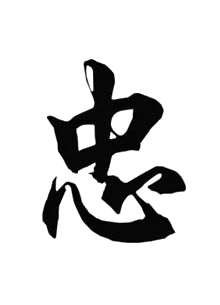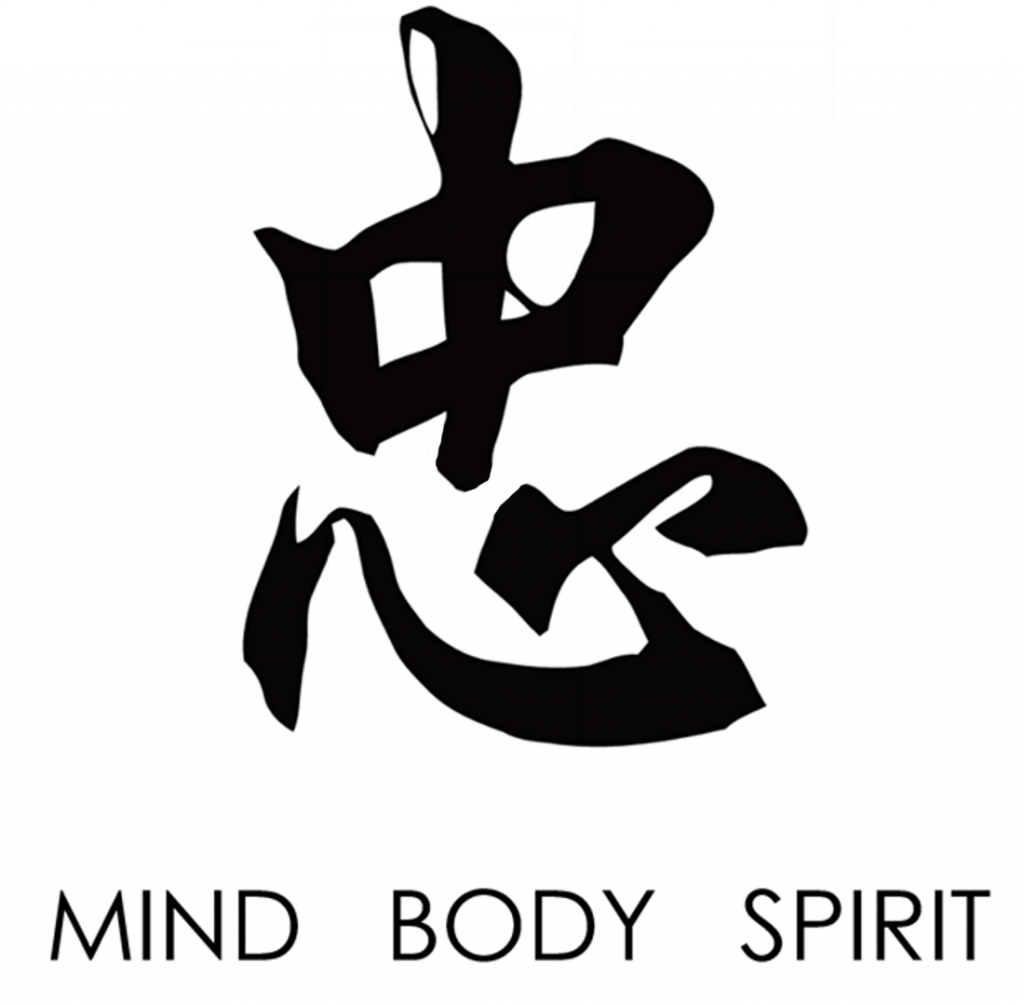8th Kenjutsu Seminar with Malte Stokhof, Shihandai, April 2023
Chushin Dojo organized its 8th International Katori Shinto Ryu seminar with Shihandai Stokhof in April. (Shihandai is an instructor in an art and an assistant or surrogate of the Shihan).
As in previous seminars sword practitioners of all levels and from different nationalities flew in or drove to Amsterdam to practice. For four days, people on the street outside the dojo heard screams and the sound of swords clashing with wooden staff, glaive and spears.
As in previous seminars many people from different nationalities came together to practice with each other. There were people from 7 different countries present. In 4 days we trained 18 hours. This gave us the opportunity to delve deeply into the curriculum of Shinto Ryu.
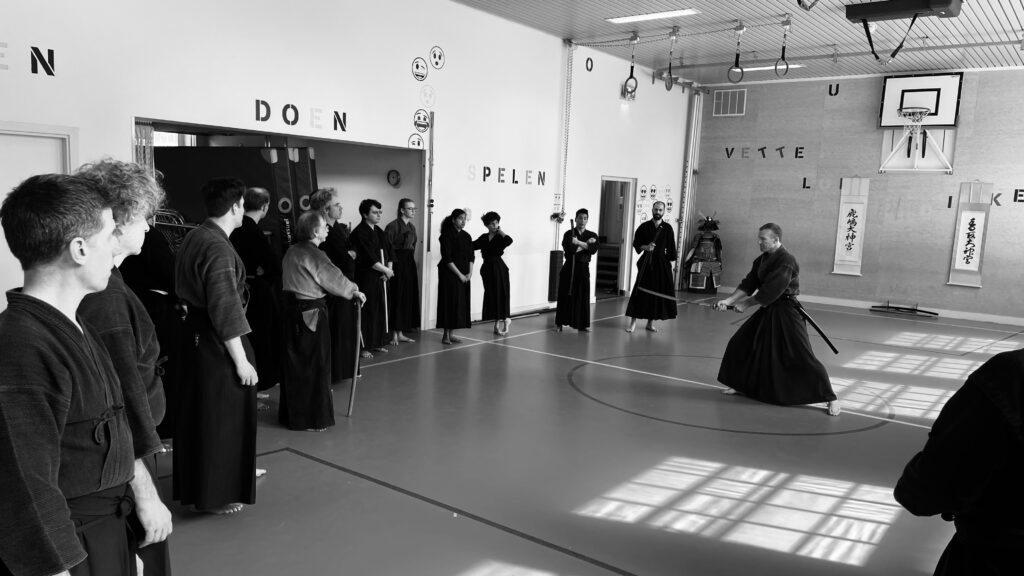
One of the more challenging sets of techniques is iaijutsu and batto jutsu (drawing of a live blade in sitting and standing position). This part of the curriculum is rarely taught in great detail in large seminars.
Otake Risuke sensei stressed that this training sooner or later needs to be performed with a sharp blade. According to him it heightens the concentration to a life or death level intensity. It is the life of the practitioner that is at stake during these movements. One wrong move can lead to life-threatening injuries to the practitioner.
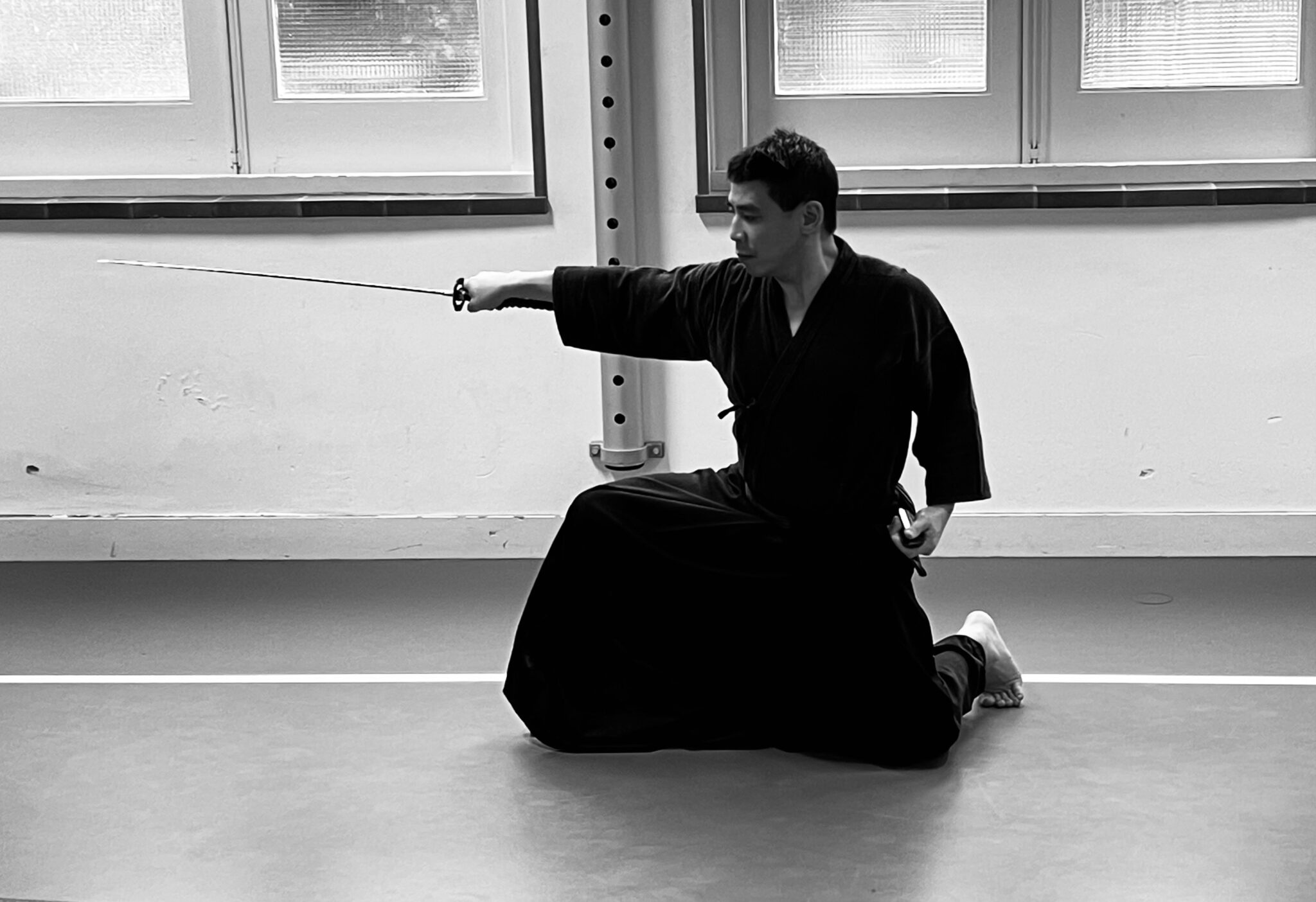
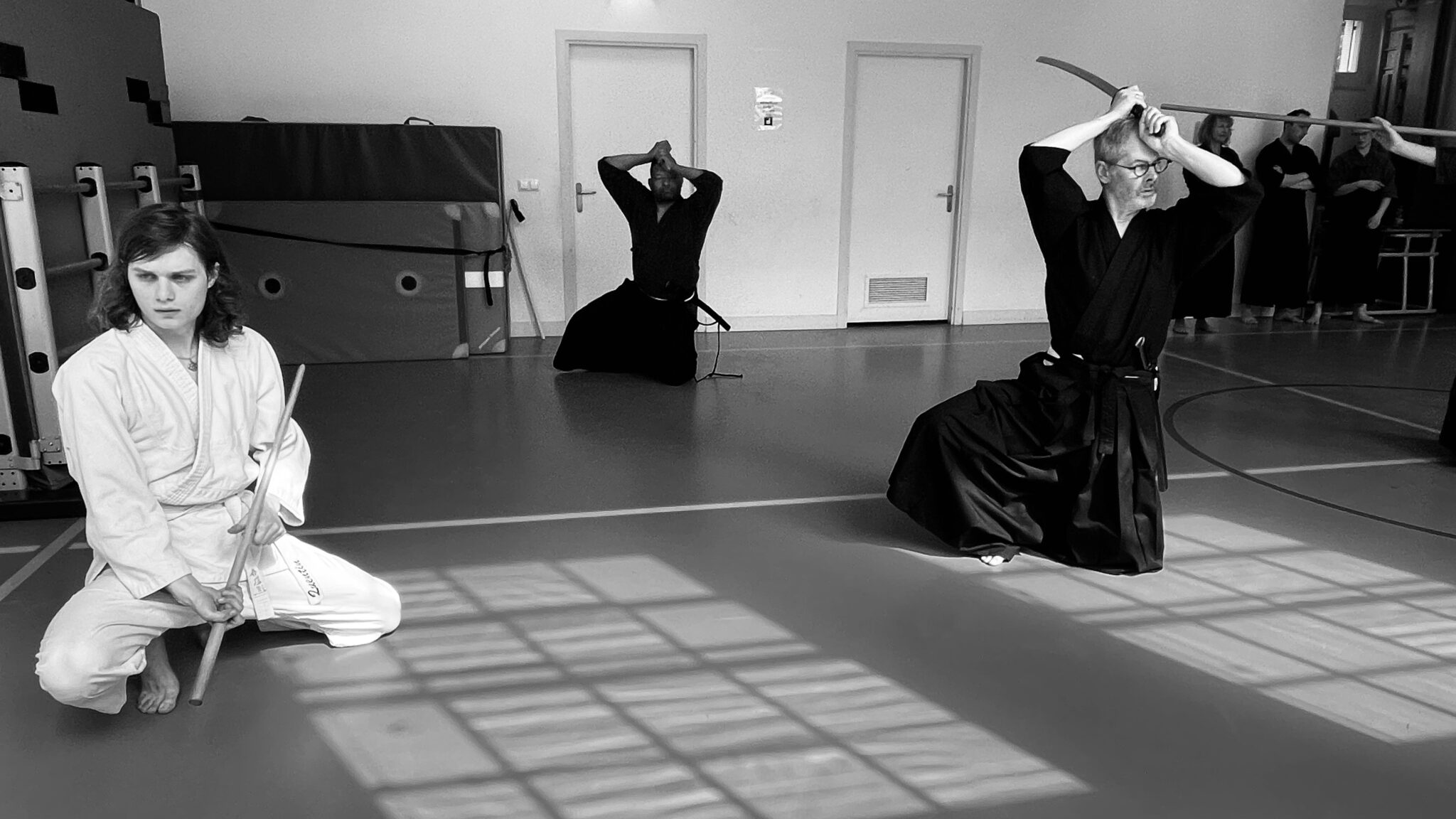
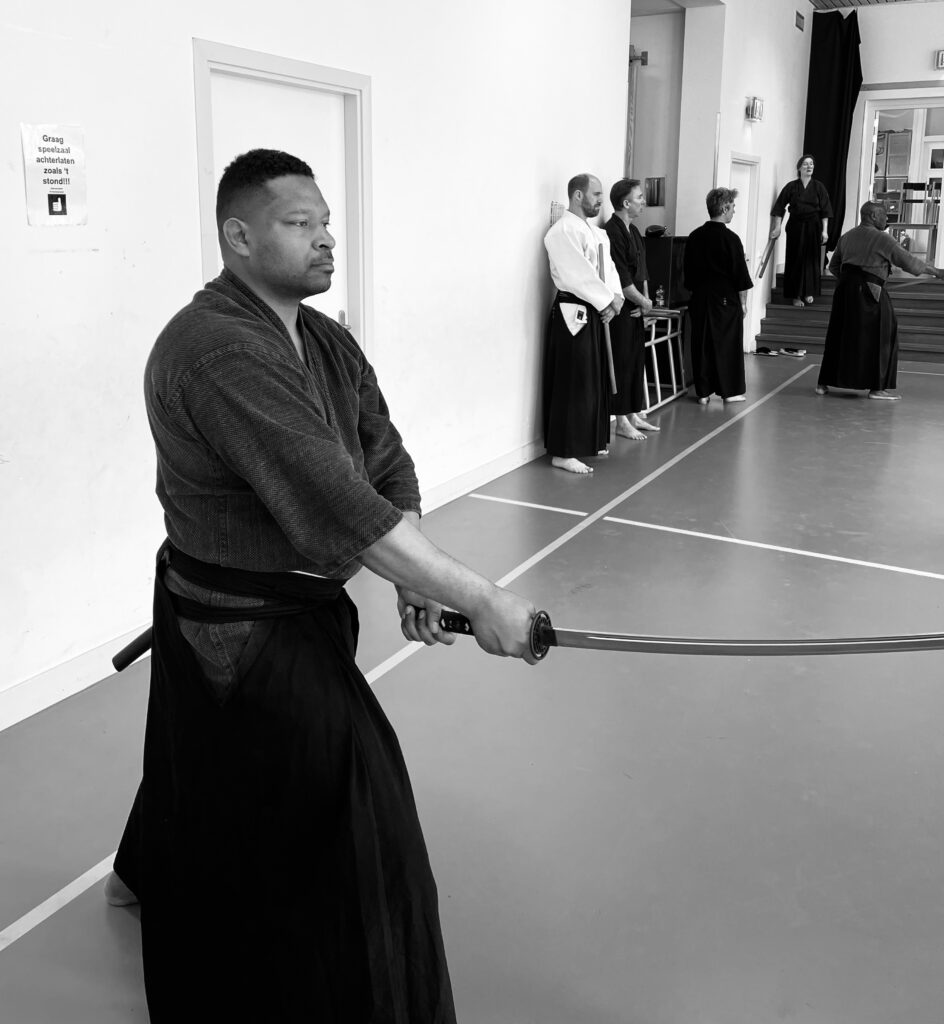
This set of techniques is always done without a partner. As a result, the practitioner does not receive the same kind of feedback and insights as with coupled practice. In many cases the practitioner is not made aware of the elements he or she needs to improve for many years. It is the expectation of traditional martial arts schools that the practitioner corrects his or her own moves by looking at others, preferably the teacher.
In order to overcome this, the instructor paired everyone with someone of equal skill. The practitioners would film each others’ performance. He looked on and when all of us had been recorded he pointed out the issues we had to work on. We then watched and critiqued each others’ video clips.
The videoclip is neutral and shows all, both the good and the bad. Seeing yourself back on video can be a harsh and humbling experience. With the recording there is no way to deny that our sword cuts are not straight; or that we hunch over when we cut or that we do not fully finish certain movements for the sake of speed.
This method enabled us to recognize and accept all we had to work on easily. It resulted in immediate improvements. Being paired up with people from different countries and working on the same thing also made it easy for us all to get to know others quickly.
The seminars in Chushin dojo with shihandai Stokhof always manage to attract both new and highly advanced students. For the more advanced, we had a few days focusing on chudan no bo, gogyo, ryoto, kodachi, sichijo and yari.
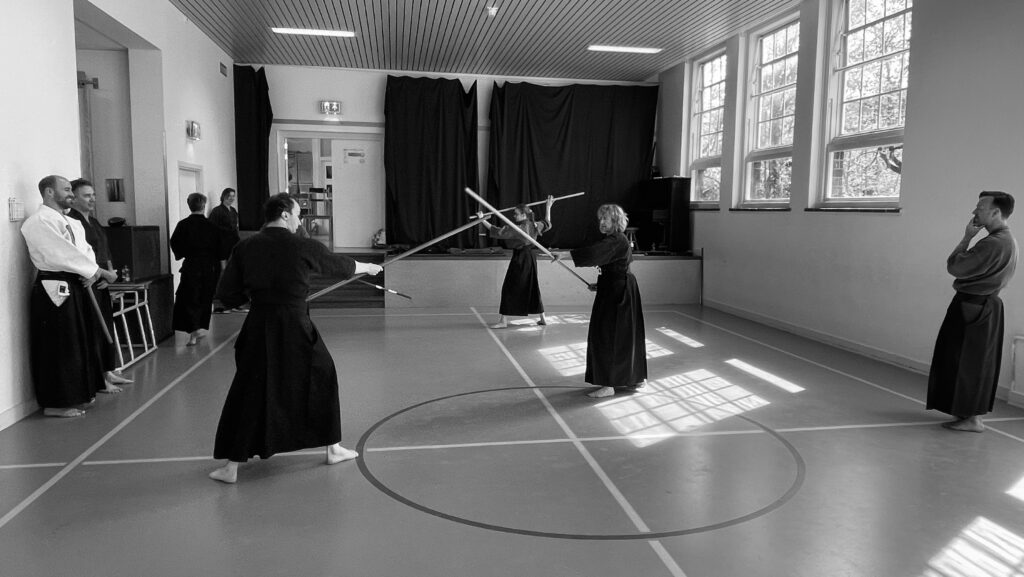
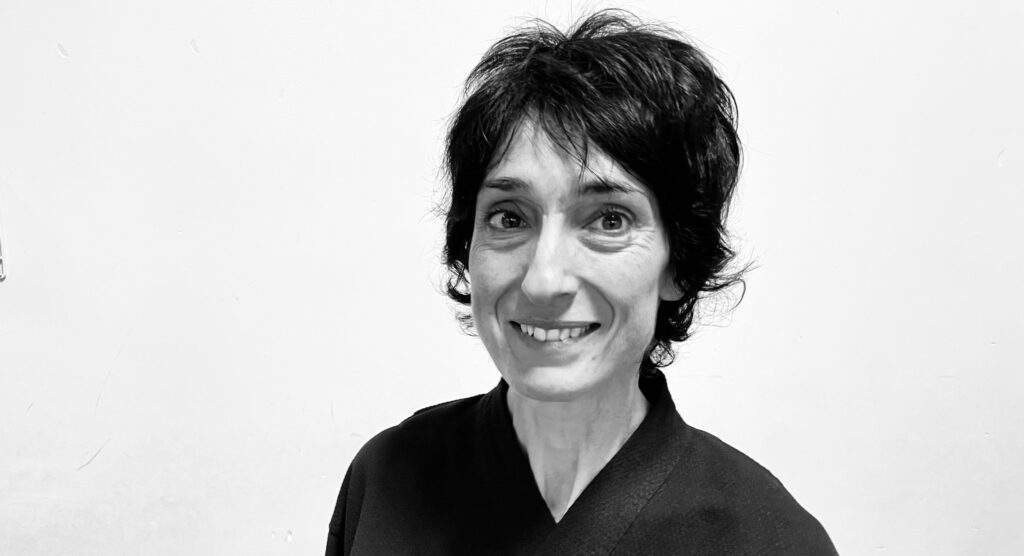
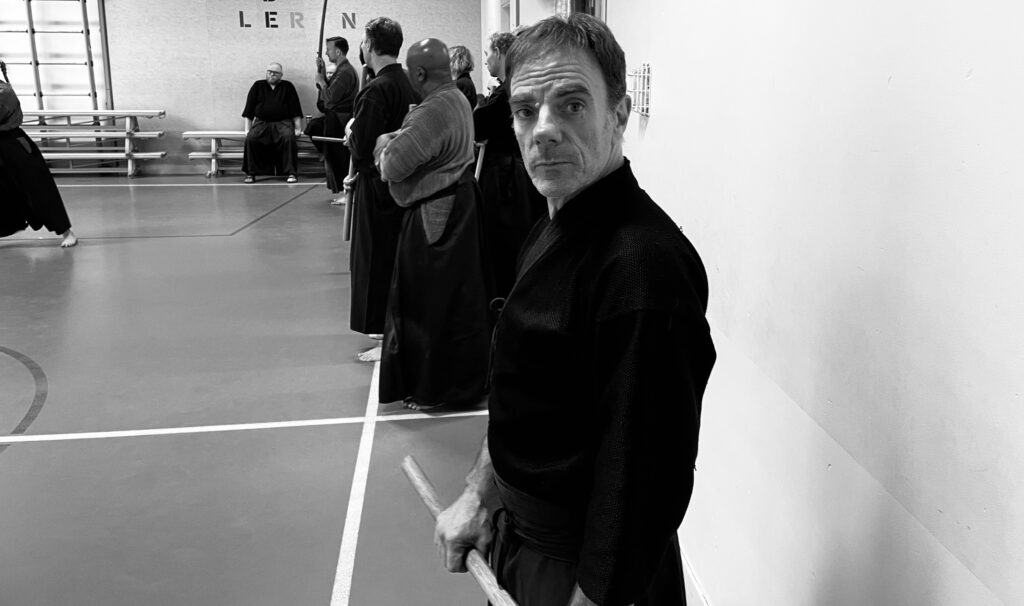
“It does not matter what your level is,” Otake Risuke said, “in order to improve we all need to train with as many different people as possible.” The seminar was fast paced and few people had time to chat. Most were on the floor training techniques, principles or concepts over and over again until part of these elements became embedded in their bones.
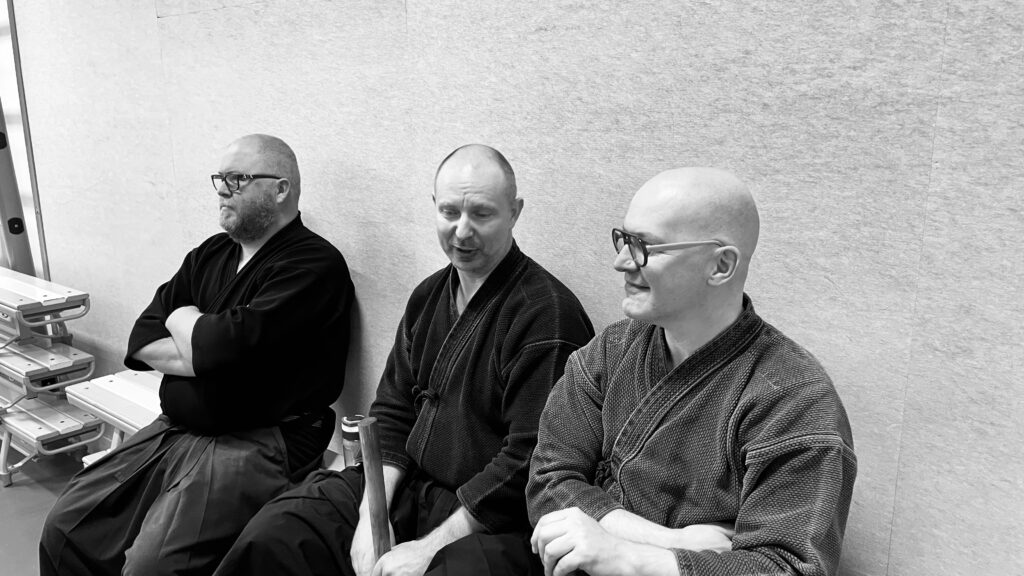
All seminars are only a success if they are blessed with a dinner in a restaurant at the end. This is where feelings of accomplishment, camaraderie and harmony really come to the fore. Our local tradition has it that we need to introduce Dutch Jenever, likeur or brandewijn to our international guests. It is with this special ingredient that friendships started on the dojo floor are fully expressed.
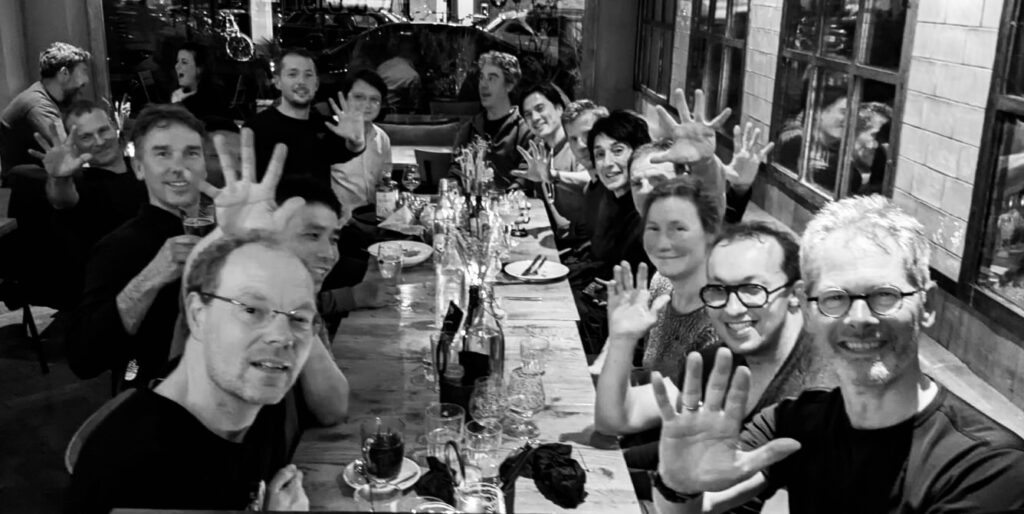
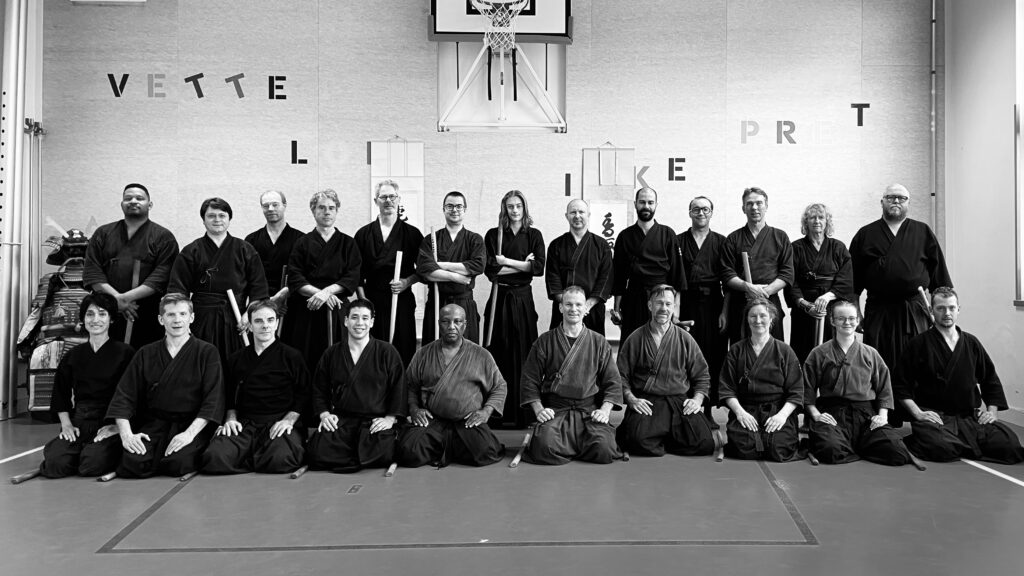
Background:
For the last 7 years Chu Shin dojo has worked closely with Shobukan dojo Vietnam. We visited their kenjutsu seminars organized in Vietnam headed by Otake Nobutoshi sensei. We coordinate our visits to seminars in other countries so that we can train together and we organize seminars in The Netherlands together. Otake Nobutoshi shihan has recently appointed several shihandai to further facilitate training both in- and outside Japan.
